Legionella bacteria pose a significant risk to public health, particularly in settings such as cooling towers and water systems. Regular Legionella testing is crucial to ensure the safety of occupants and comply with regulations. In this article, we will explore the frequency of Legionella testing and the factors that determine how often it should be conducted. Additionally, we’ll delve into the methods of Legionella testing and the validity of test results. Understanding Legionella testing requirements is essential for effective Legionella servicing and maintaining water system safety.
How Often Should Legionella Testing Be Done?
Legionella testing requirements and frequency can vary depending on several factors such as the type of facility, its risk level, and local regulations. However, we recommend following these guidelines that can be followed to determine what is suitable for your facility:
- Risk Assessment: Conduct a risk assessment to determine the level of risk for Legionella contamination in the water systems of the facility. This assessment should consider factors such as the presence of susceptible individuals (e.g., elderly, immunocompromised), the complexity of the water system, and any history of Legionella outbreaks.
- Water System Type: Different water systems pose varying levels of risk for Legionella growth. Cooling towers, hot water systems, spas, and decorative fountains are known to be high-risk systems.
- Legionella Testing Frequency: Based on the risk assessment, establish a Legionella testing schedule. In general, testing should be conducted regularly, with more frequent testing for high-risk systems. For example, monthly testing might be appropriate for high-risk systems, while low-risk systems could be tested less frequently (e.g., quarterly or semi-annually).
- Legionella CFU Limits: Legionella colony-forming unit (CFU) limits are often used as a measure of acceptable Legionella levels in water systems. The specific CFU limits can vary depending on local regulations or guidelines.
- Monitoring and Management: Regular monitoring of water quality parameters, such as temperature and disinfectant levels, can help to identify conditions that may promote Legionella growth. Additionally, implementing a water management plan, including measures such as temperature control, disinfection, and regular system maintenance, can help to reduce the risk of Legionella contamination.
- Compliance with Regulations: Ensure that Legionella testing and management practices comply with applicable regulations and guidelines, which may be set by local health authorities or industry standards organizations.
In summary, the frequency of Legionella testing should be based on a risk assessment of the facility’s water systems, with more frequent testing for higher-risk systems. Compliance with Legionella CFU limits and other relevant regulations is essential to ensure the safety of water systems and protect public health.
What is the Method of Legionella Testing?
There are 2 common methods used for Legionella testing, each with its own advantages and limitations. The choice of method depends on factors such as the type of water system being tested, the level of sensitivity required, and the resources available. Some common Legionella testing methods include:
Culture Methods: Culture methods involve collecting water samples from the suspected source and culturing them on selective media to isolate Legionella bacteria. This method typically takes several days to produce results. The colony-forming units (CFUs) of Legionella can then be counted to determine the concentration of the bacteria in the sample. The CFU limits for Legionella in water systems vary depending on local regulations and guidelines.
Polymerase Chain Reaction (PCR): PCR is a molecular biology technique that can detect the presence of Legionella DNA in water samples. PCR-based methods are faster than culture methods and can provide results in hours rather than days. However, PCR may not distinguish between viable and non-viable bacteria, which could lead to overestimation of the risk. PCR is often used as a rapid screening tool in conjunction with culture methods.
How Long is a Legionella Test Valid for?
Legionella test results offer a snapshot of your water system at a given moment. Factors like temperature, water age, and disinfectant levels influence the rate and extent of Legionella bacteria proliferation in the system. It’s common for routine Legionella testing to yield positive results to some extent. The objective isn’t necessarily eradicating all Legionella, but rather preventing Legionnaires’ disease through effective risk management.
Once inside a building, Legionella bacteria find favorable conditions such as sediment, warmer temperatures, and nutrients like iron. They often form biofilms within plumbing pipes, providing a protected environment. Hence, having a robust water management plan (WMP) is crucial to mitigate conditions conducive to bacterial growth.
Instances, where public health authorities establish a link between a facility and a Legionnaires’ disease case, necessitate more frequent and thorough testing of the premises. Authorities scrutinize the facility’s past efforts to mitigate Legionella risk and may prescribe specific actions to safeguard current and future occupants from unnecessary exposure. After achieving an acceptable risk level, the facility can resume normal operations, adhering to the WMP guidelines to prevent future Legionella exposure incidents.
Is Legionella Testing Required?
Legionella testing, while not universally mandated, is often strongly recommended or required by regulations in specific circumstances. The necessity for Legionella testing typically hinges on factors like the type of facility, its usage, and local regulations. Facilities such as hospitals, nursing homes, hotels, and others with extensive water systems are frequently subject to Legionella testing mandates due to the potential health hazards associated with Legionella bacteria, particularly Legionella pneumophila, which can lead to Legionnaires’ disease, a severe form of pneumonia.
Legionella testing is integral to risk management plans aimed at ensuring water system safety. In various regions or industries, specific regulations may stipulate the frequency and extent of Legionella testing. For instance, in the United States, ASHRAE Standard 188 provides guidelines for managing legionellosis risk linked to building water systems.
To facilitate these assessments, Legionella testing kits are readily available. These kits typically include the necessary materials for collecting water samples from the system under scrutiny. The gathered samples are then subjected to analysis to detect the presence of Legionella bacteria using specialized laboratory techniques.
It’s imperative for facility managers and relevant personnel to acquaint themselves with local regulations and guidelines concerning Legionella testing requirements to ensure compliance and uphold a safe environment. Non-compliance with these regulations not only risks legal penalties but also poses significant threats to public health. Consequently, regular Legionella testing and proper management practices are widely regarded as indispensable elements of water safety programs.
Optimizing Legionella Testing Frequency: Ensuring Water Safety with IWC Innovations
The frequency of Legionella testing is a crucial aspect of maintaining water system safety and safeguarding public health. While no universal mandate exists for Legionella testing, it is often recommended or required by regulations in specific circumstances. The frequency of testing depends on factors such as the type of facility, its risk level, and local regulations.
Conducting a comprehensive risk assessment is critical in determining how often Legionella testing should occur. Factors such as the presence of susceptible individuals and the complexity of the water system are integral considerations. High-risk systems, including cooling towers and hot water systems, typically necessitate more frequent testing than low-risk systems.
Once the testing frequency is established, facility managers must ensure compliance with Legionella testing requirements and guidelines. This includes adhering to established protocols for sample collection and analysis, as well as monitoring water quality parameters such as temperature and disinfectant levels.
IWC Innovations is at the forefront of Legionella testing and mitigation. IWC Innovations offers state-of-the-art solutions that ensure adherence to legal standards and achieve the best possible public health results. By harnessing advanced technologies and specialized expertise, IWC Innovations empower businesses to proactively address regulatory demands and efficiently manage the risks linked with Legionella contamination.






